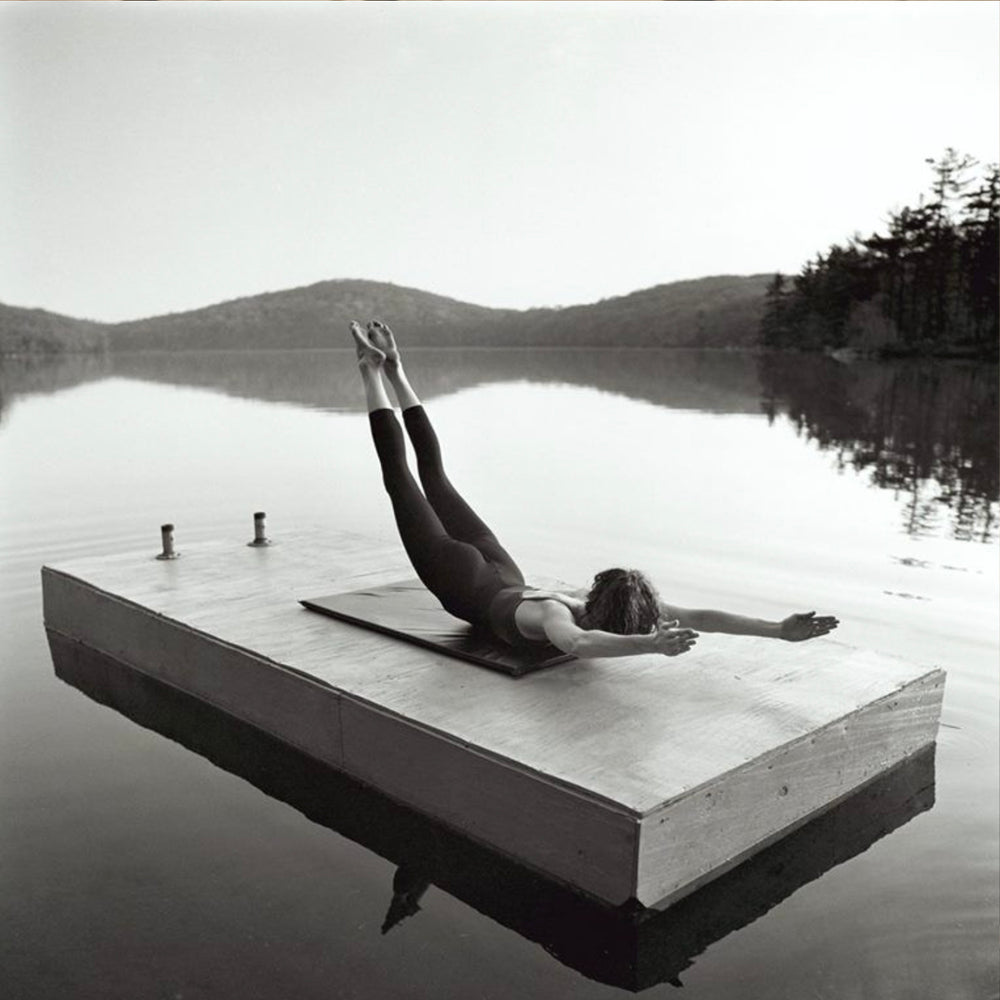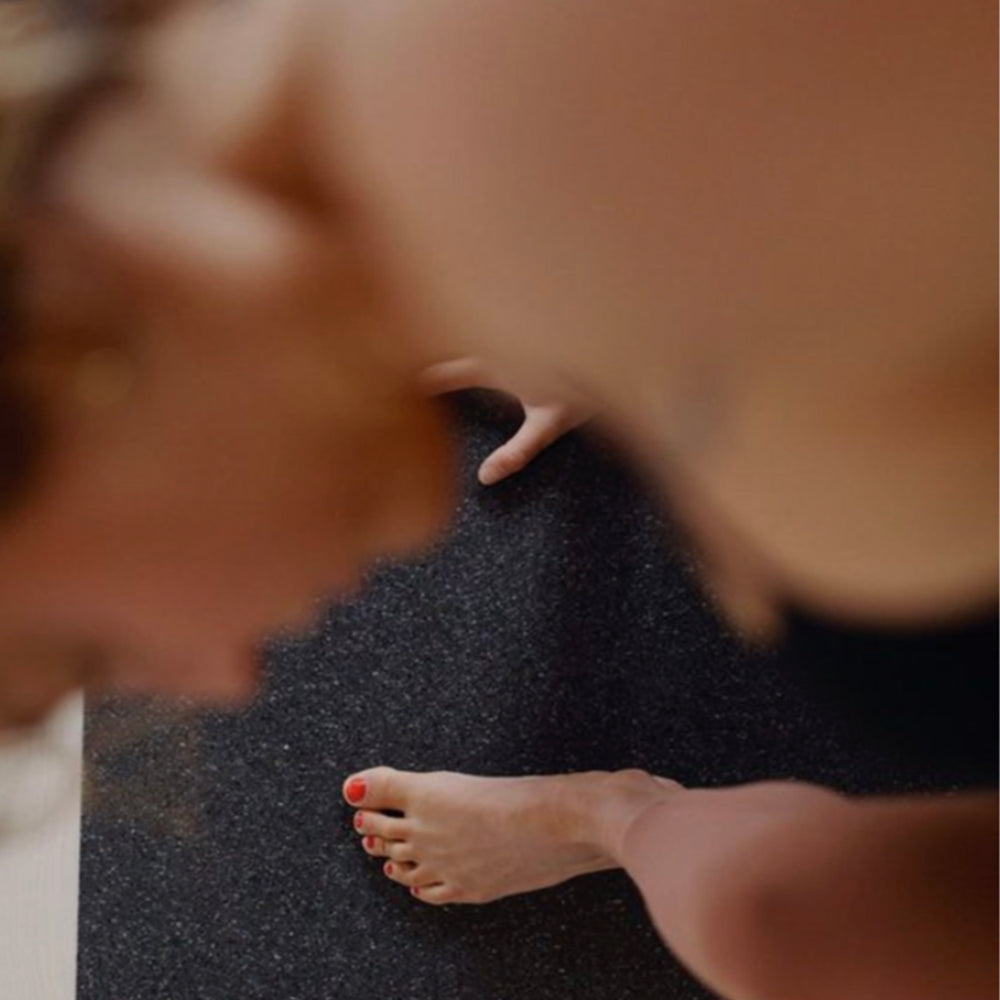
The quest for tranquility and inner peace has led many to the ancient practice of sound healing, with sound baths emerging as a profound way to cleanse the mind and spirit. Sound baths, often led by skilled practitioners, utilize various instruments like gongs, singing bowls, and chimes to create an immersive auditory experience. This article delves into the world of sound baths, uncovering their healing power and offering insights into why they are not just a master class in relaxation but also a conduit for profound transformation.
The Foundations of Sound Healing
Sound healing is an ancient therapeutic practice that uses musical instruments to create a sense of balance and calm in the body and mind. The roots of sound healing can be traced back to various cultures including Tibetan, Indian, and Native American, where it was used in ceremonies and rituals to promote healing and spiritual development.
Understanding Sound Baths
A sound bath is a meditative experience where participants are 'bathed' in sound waves. These waves are produced by various sound tools and instruments, each carefully selected for their specific sonic qualities. The facilitator guides participants through a sonic journey, often beginning with gentle sounds, progressively deepening into resonant, sometimes intense waves of sound, and then returning to a state of serene calm.
The Instruments of a Sound Bath
The choice of instruments is crucial in a sound bath. Each instrument serves a unique purpose and adds a different texture to the overall experience.
**Crystal Singing Bowls**: Known for their pure, penetrating tones, they are often used to start or end a sound bath due to their ability to promote deep relaxation.
**Gongs**: Capable of producing complex harmonics, gongs are a centerpiece in sound baths, creating waves of sound that can be felt physically.
**Himalayan Singing Bowls**: Made from a blend of metals, these bowls produce rich overtones that are said to restore balance to the body.
**Tuning Forks**: These precision instruments are used for their ability to direct sound to specific parts of the body or energy centers.
**Drums and Percussion**: They provide grounding rhythms that mimic the heartbeat and can be especially comforting and stabilizing.
The Science Behind Sound Baths
The therapeutic effects of sound baths are supported by science. Research has shown that sound can directly impact the brain's wave patterns and can aid in shifting from a beta state (normal waking consciousness) to alpha (relaxed consciousness), and even theta (meditative state) and delta (sleep; where internal healing can occur).
The Healing Power of Sound Baths
Participants in sound baths often report a wide range of benefits, from the physical to the emotional and spiritual.
**Stress Reduction**: The immersive nature of sound baths can lead to deep relaxation, helping to relieve stress and anxiety.
**Improved Sleep**: The calming effect of sound baths can help combat insomnia and improve sleep quality.
**Emotional Release**: The sounds can act as a catalyst for the release of suppressed emotions, leading to catharsis and a sense of lightness.
**Increased Clarity and Focus**: Post sound bath, individuals often experience heightened clarity and focus.
- **Physical Pain Alleviation**: The vibrations can help to release muscular tension and alleviate pain in some individuals.
How to Experience a Sound Bath
To fully experience a sound bath, it's essential to enter with an open mind and minimal expectations. Here's how you can prepare:
**Find a Comfortable Position**: Most sound baths are experienced lying down. Use yoga mats, cushions, or blankets to create a comfortable space.
**Set an Intention**: Whether it's to release stress or seek clarity, setting an intention can guide your experience.
**Stay Present**: Let the sound envelop you, focusing on the sensations and experiences as they arise.
**Allow Release**: Be open to the emotions and thoughts that may surface. Sound baths can be purgative, so allowing yourself to feel and release is part of the process.
Integrating Sound Bath Experiences
The post-sound bath period is just as important as the bath itself. Integration involves processing and reflecting on the experience. Journaling, gentle movement, or simply sitting in nature can facilitate this process.
The Role of the Facilitator
A skilled sound bath facilitator is crucial. They guide the flow and intensity of the session, ensuring a safe and nurturing environment. The facilitator should be experienced, sensitive, and responsive to the energy of the room.
Accessibility of Sound Baths
Sound baths are increasingly accessible. They can be found in yoga studios, wellness centers, and even online. However, the experience of a live sound bath, with the physical sensation of sound waves, is unparalleled.
Sound baths stand as a testament to the healing power of sound. They offer a unique opportunity to disconnect from the chaos of everyday life and enter a meditative state of profound relaxation and healing. By engaging in this ancient practice,
individuals can tap into deep reservoirs of calm and resilience, emerging refreshed and realigned. Whether as a complement to a wellness regimen or a standalone therapeutic practice, sound baths offer a master class in the art of relaxation and a gateway to a more harmonious state of being.
|











